SVG 14 CUM
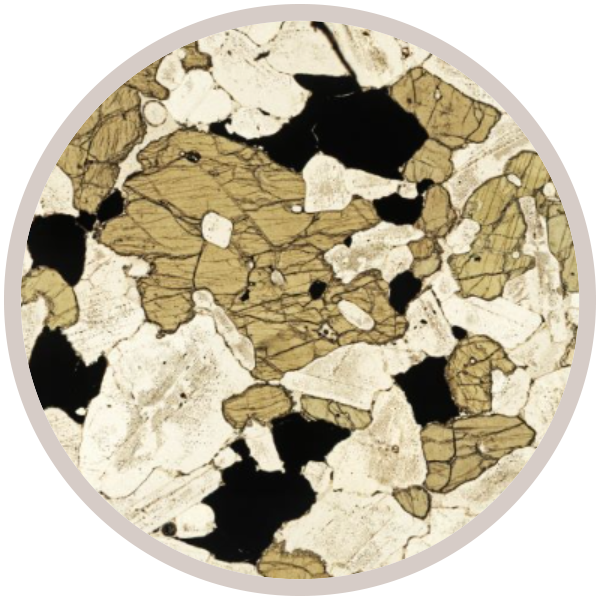

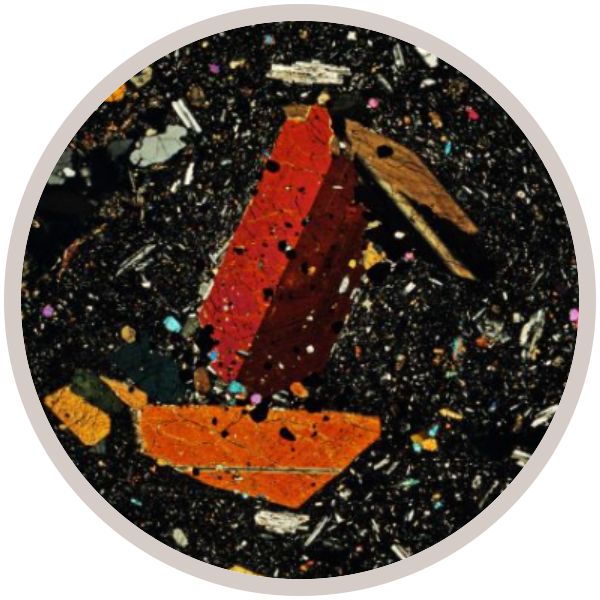
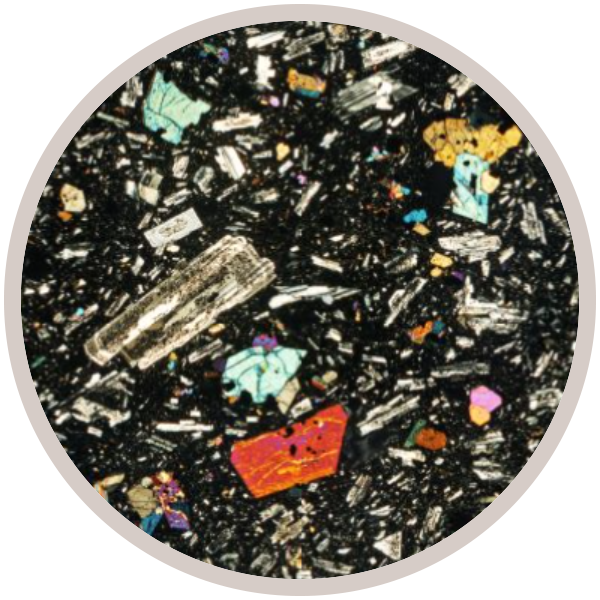
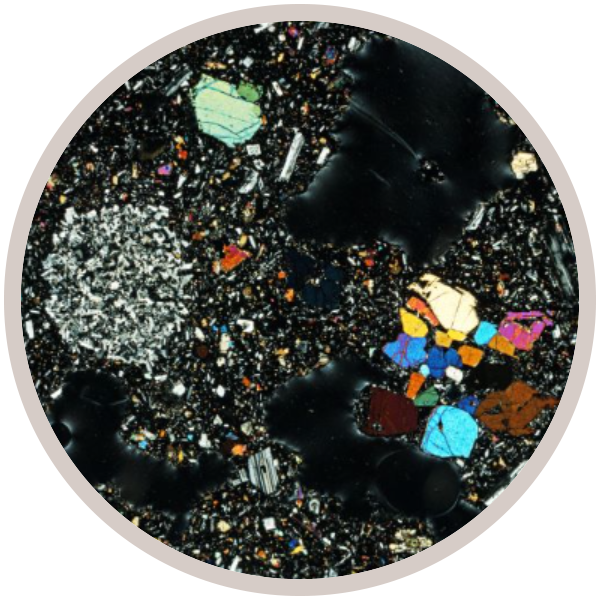
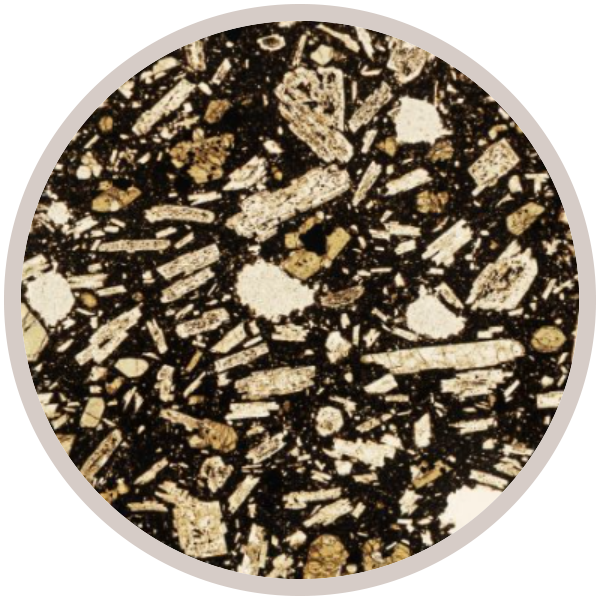
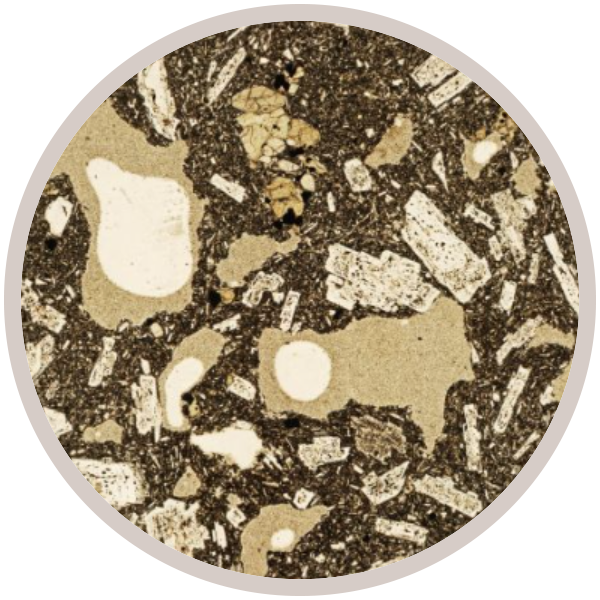
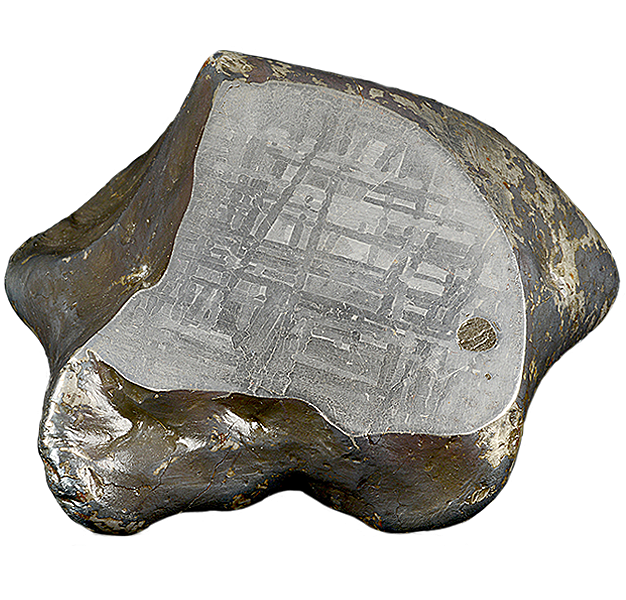
The Rowton meteorite is the only British iron meteorite. It fell on March 14th 1876 as a 3.5 kg stone and is classified as an Iron IIIAB.
Rowton is near Wellington in Shropshire, England.
In thin section it is possible to see a few crystals of golden yellow troilite, otherwise the specimen is entirely metallic iron. The cut surface of the hand specimen has been etched to reveal a widmanstatten pattern that is caused by fine interleaving of kamacite and taenite (two types of metallic irons with differing nickel content).
See also:
http://www.bimsociety.org/bim1.shtml
https://www.lpi.usra.edu/meteor/metbull.php?code=22773
Specimen: BM50062
Thin section:
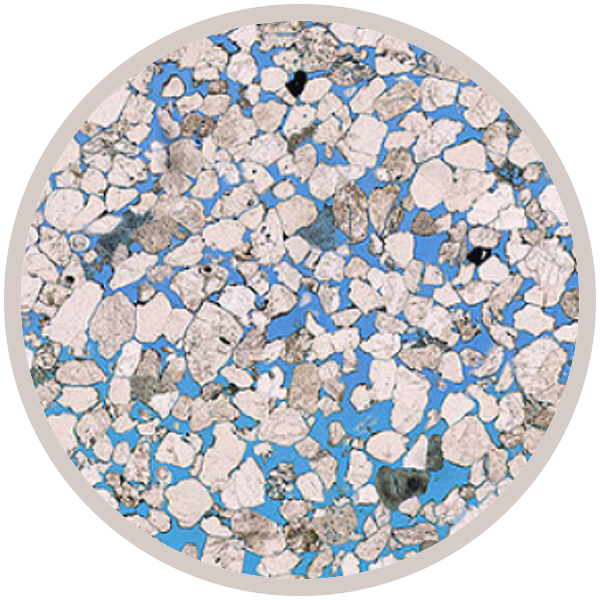
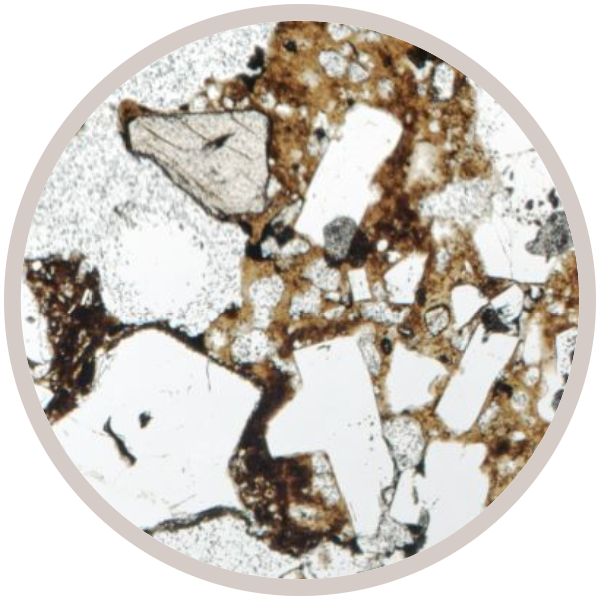
Applications for the ZEISS-GSL scholarship are now open. The scholarship, worth £8000, will fund a project that uses innovative microscopy within an Earth Science PhD studentship. Applications are welcomed from the UK and overseas (excluding North America) - however, please note that the applicant must be a Fellow of the Geological Society of London (or in the process of obtaining fellowship).
Deadline for applications: 15 February 2021 (midday)